
An HIV/AIDS Reading List
HIV/AIDS’ part in our global consciousness over the past three and a half decades has been (and continues to be) large, and this collection of books and voices are only touching on a tiny part of that whole. These are books that chronicle the political and social history of HIV among gay men and other LGBT+ people, primarily in the United States and United Kingdom. These are books for the people who think that the Reagan’s and Thatcher’s of our world responded to the AIDS Crisis in a way that was either helpful or humane. These are books for fighting back at people misrepresenting and rewriting this history of AIDS and of the LGBT+ community; fighting back against an injustice to the past, and a danger to our future.
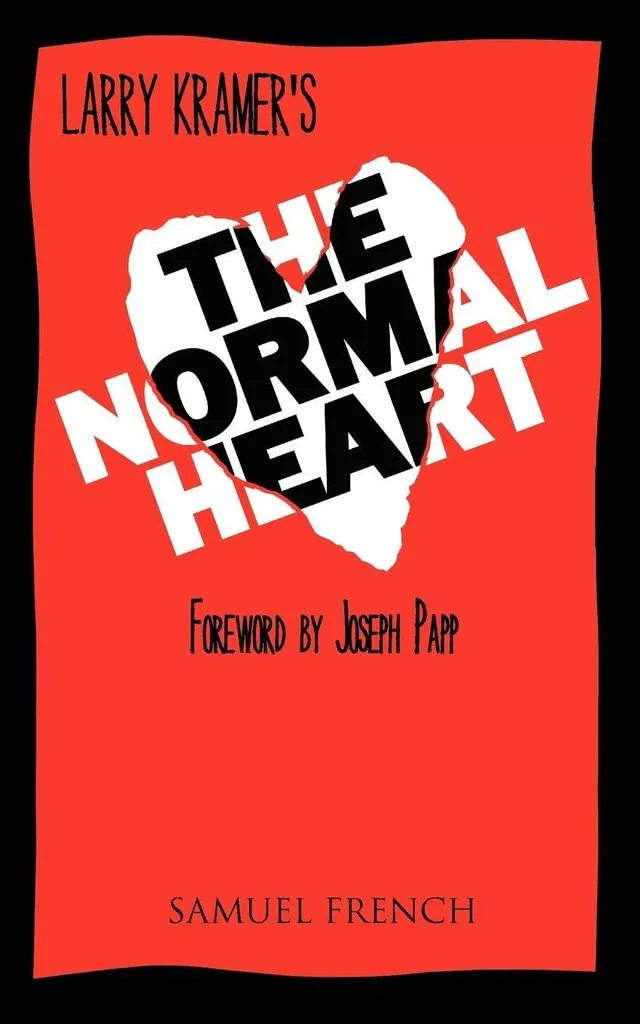
And the Band Played On: Politics, People, and the AIDS Epidemic (1987). Randy Shilt’s history of HIV in America tells the stories of those who worked to save lives in the face of a wider political, medical, and media atmosphere that were more concerned with image and budget.
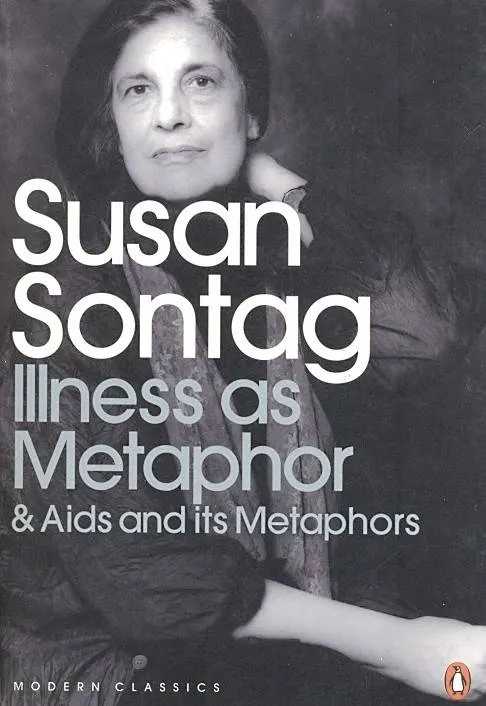
Virginia Berridge’s AIDS and Contemporary History (1993) shows AIDS as a historic but continuing event. Exploring the context in which the crisis began, along with drug policies, and AIDS as a political issue.
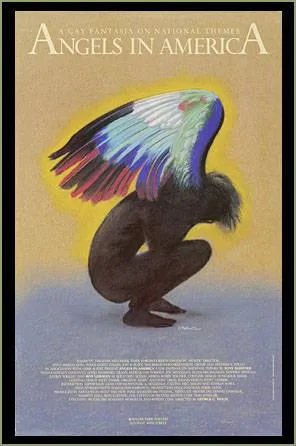
Queer and Loathing: Rants and Raves of a Raging AIDS Clone (1994) documents David B Feinberg’s experiences of activism whilst living and dying of AIDS.
Simon Garfield’s The End of Innocence: Britain in the Time of AIDS (1994) covers the British history of AIDS from it’s first appearance drawing from voices in medical science, politics, and gay male celebrities.
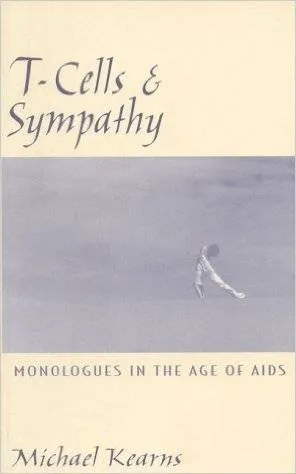
Scarlet Ribbons: A Priest With AIDS (1998). Rosemary Bailey tells the story of her brother; a gay man who contracted HIV from a sexual partner Simon Bailey was the first Anglican priest to continue working for the Church after developing AIDS.
The Secret Epidemic: The Story of AIDS and Black America (2004). Jacob Levenson follows personal stories which draw links between the above average rates of HIV infection in African Americans, race, public health services, cocaine addiction, Church, sexuality and AIDS.
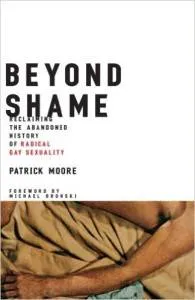
Tim Dean – Unlimited Intimacy: Reflections on the Subculture of Barebacking (2009). The culture of “barebacking” [having anal sex without using condoms] is frequently met with disgust. This is a look at the reasons people choose to reject safe-sex advice, risking HIV infection in a search for intimacy.
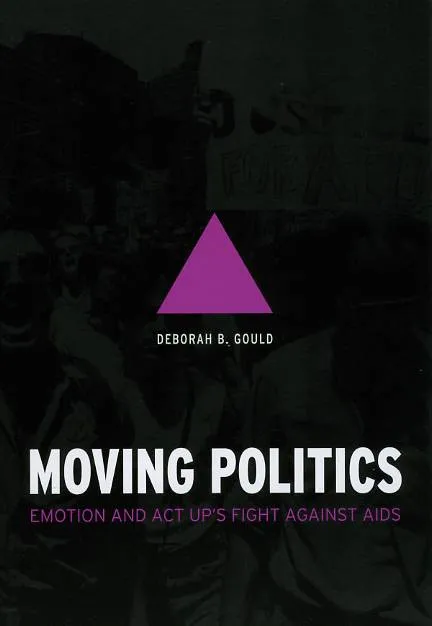
The Gentrification of the Mind: Witness to a Lost Imagination (2012). Sarah Schulman explores how fear of HIV led to the stifling of more radical aspects of LGBT+ culture & liberation.
Body Counts: A Memoir of Politics, Sex, AIDS and Survival (2014). Sean Strub’s memoir of being a gay man who in the wake of AIDS finds himself attending “more funerals than birthday parties” and sets off on a path of radical activism.









